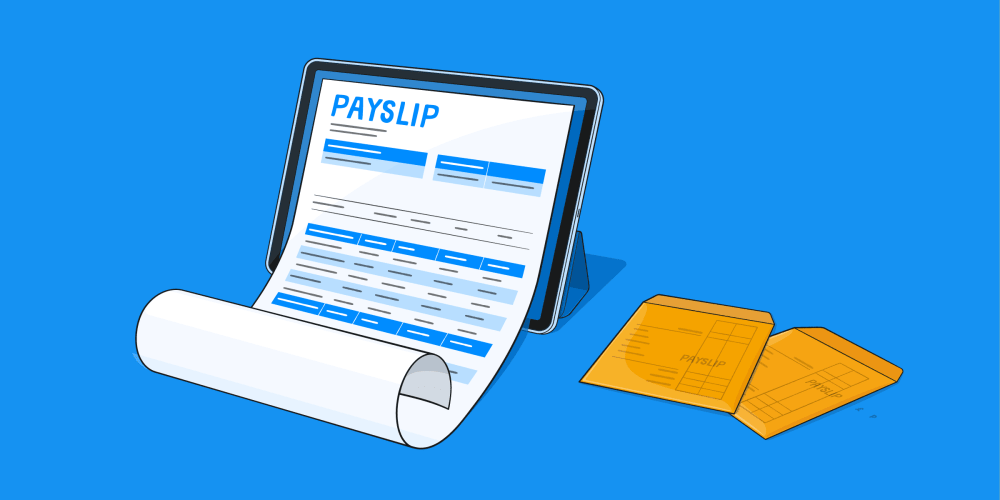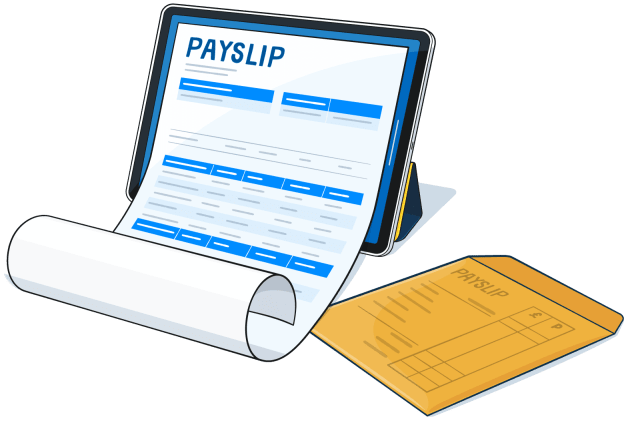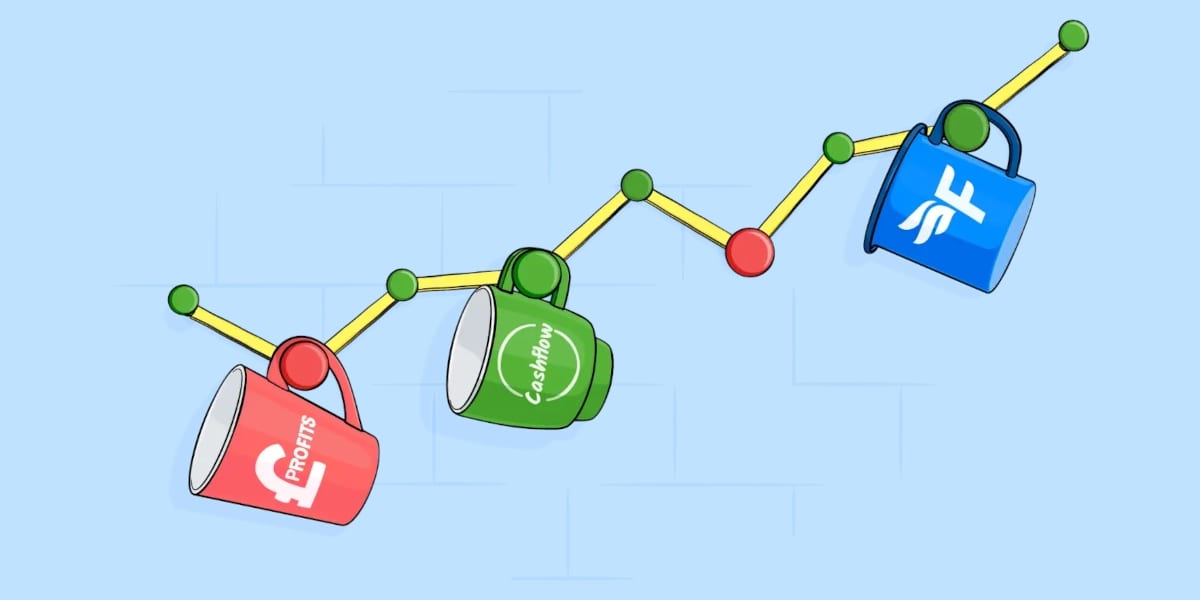Being an employer
Registering as an employer

Once you’ve made the decision to hire staff, the next step is to register your business as an employer. To do this, there are a few steps to follow:
1. Register with HMRC
Most employers must register with HMRC before taking on any members of staff. (See below for the exception.)
If your business is a limited company and you’re taking a salary from it, you may well have already registered the company as an employer. If this is the case, you won’t need to register again when you take on your first employee.
2. Set up PAYE
PAYE is the system used by HMRC to collect Income Tax and National Insurance contributions from your employees’ wages. It ensures that your employees pay their tax and National Insurance directly from their earnings.
Once your business is registered as an employer, you should receive your PAYE reference number. When you run payroll, you’ll use this reference to send information directly to HMRC.
Each time you pay your employees, you must run payroll. This involves:
- recording each employee’s total pay
- calculating how much tax and employees’ National Insurance you’ll have to deduct from each employee’s wages and then pay to HMRC
- calculating any other sums you might need to deduct from the employee’s pay (such as student loan repayments) or money that a court has ordered to be deducted (such as overdue Council Tax)
- calculating the employers’ National Insurance contribution you’ll have to pay in respect of all your employees’ wages
- producing payslips and distributing them to your employees
- electronically reporting the employee’s pay and deductions to HMRC in a Full Payment Submission (FPS) through the Real Time Information (RTI) system
If you’re using payroll software, the software will use the employee’s tax code (supplied by HMRC) and the National Insurance letter to calculate the correct amount of Income Tax and National Insurance, as well as any other deductions.
An exception: the Lower Earnings Limit
If you are paying all your employees less than the Lower Earnings Limit for National Insurance (currently £123 per week), you do not need to register as an employer with HMRC and can skip the first two steps above. However, even if you do not need to register as an employer with HMRC, you’ll still need to follow the steps below to keep payroll records.
3. Decide how you’ll run your payroll
You can either run payroll yourself using software or hire a third-party provider to do it for you.
Paying a payroll provider
If you decide to pay a payroll provider (for example, an accountant) to run payroll for your business, you’ll need to think about how much support you’ll need.
In addition to running payroll for your business, some payroll providers can offer more support, for example:
- keeping employee records for your business
- providing payslips
- making payments to HMRC
If you’re already working with an accountant, they may be able to help run payroll for you.
It’s important to remember that, as an employer, you’re legally responsible for completing all PAYE tasks - even if you pay an accountant to do them for you.
Running payroll yourself
If you choose to run payroll yourself, you’ll need to find payroll software that allows you to report to HMRC.
Choosing your payroll software
Many businesses find payroll software convenient and efficient, offering features like automatic tax calculations and employee payslips.
Payroll software will help you with tasks including:
- recording your employees’ details
- working out your employees’ pay and deductions
- reporting payroll information to HMRC
- working out how much you need to pay HMRC
- calculating statutory pay, for example Statutory Maternity Pay or Statutory Sick Pay
Fun fact: FreeAgent’s HMRC-recognised payroll software is included with our award-winning accounting software at no extra cost.
4. Understand your tax and pension responsibilities
As an employer, you’ll have tax and pension responsibilities towards your employees.
Income Tax and National Insurance
You must record employees’ pay and deduct tax and National Insurance from their wages, and pay it to HMRC through the PAYE system. Your payroll software will tell you how much you owe and some software can even report this directly to HMRC.
Running and reporting payroll is the first step, but actually paying tax and National Insurance to HMRC is a separate process. Your PAYE bill may include:
- Income Tax deductions
- Employees’ and Employers’ National Insurance
- Student loan repayments
You can find more information about how to pay your PAYE bill on the government website.
Pensions
Since 2008, it has been a legal duty for employers to enrol employees into a workplace pension scheme if they:
- work in the UK, and
- are aged between 22 and the State Pension age, and
- earn more than £10,000 a year
This is called ‘automatic enrolment’ and is enforced by the Pensions Regulator. You can find out more information about automatic enrolment on their website.



